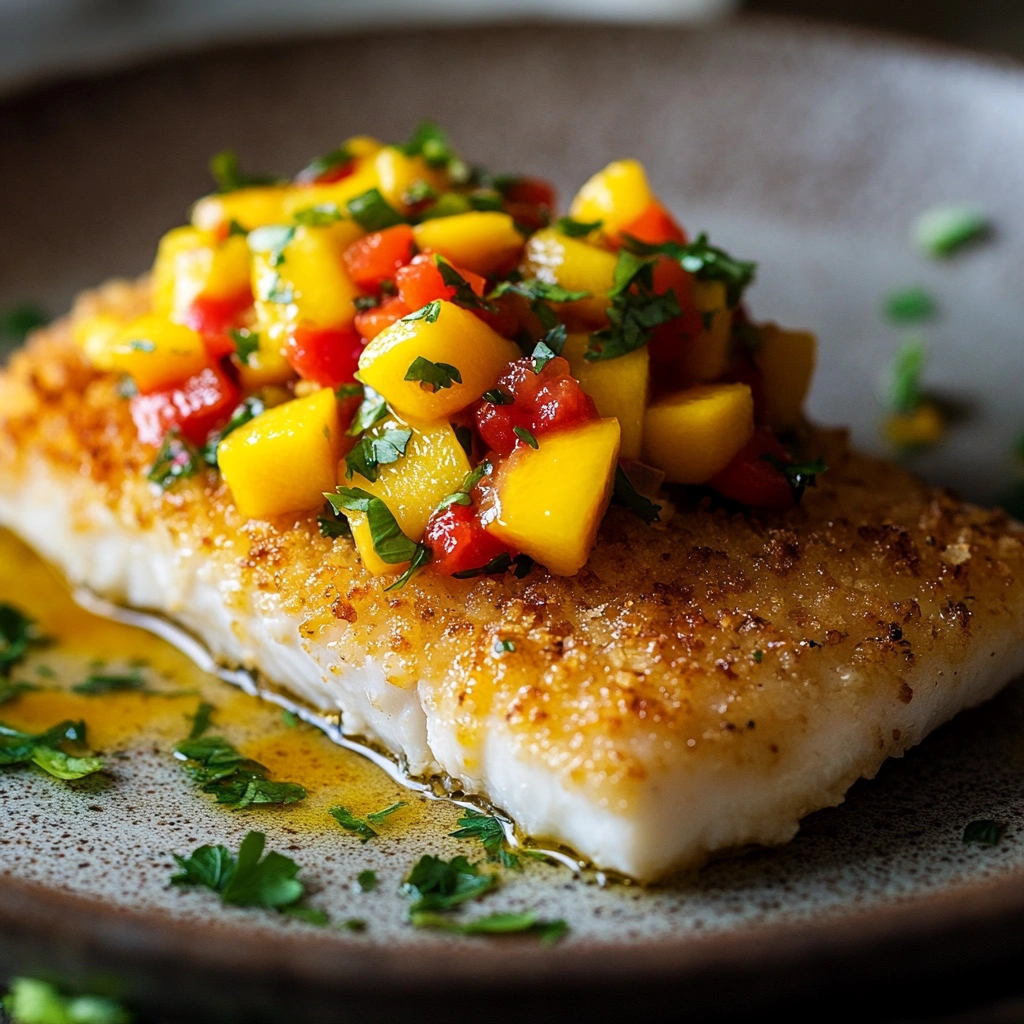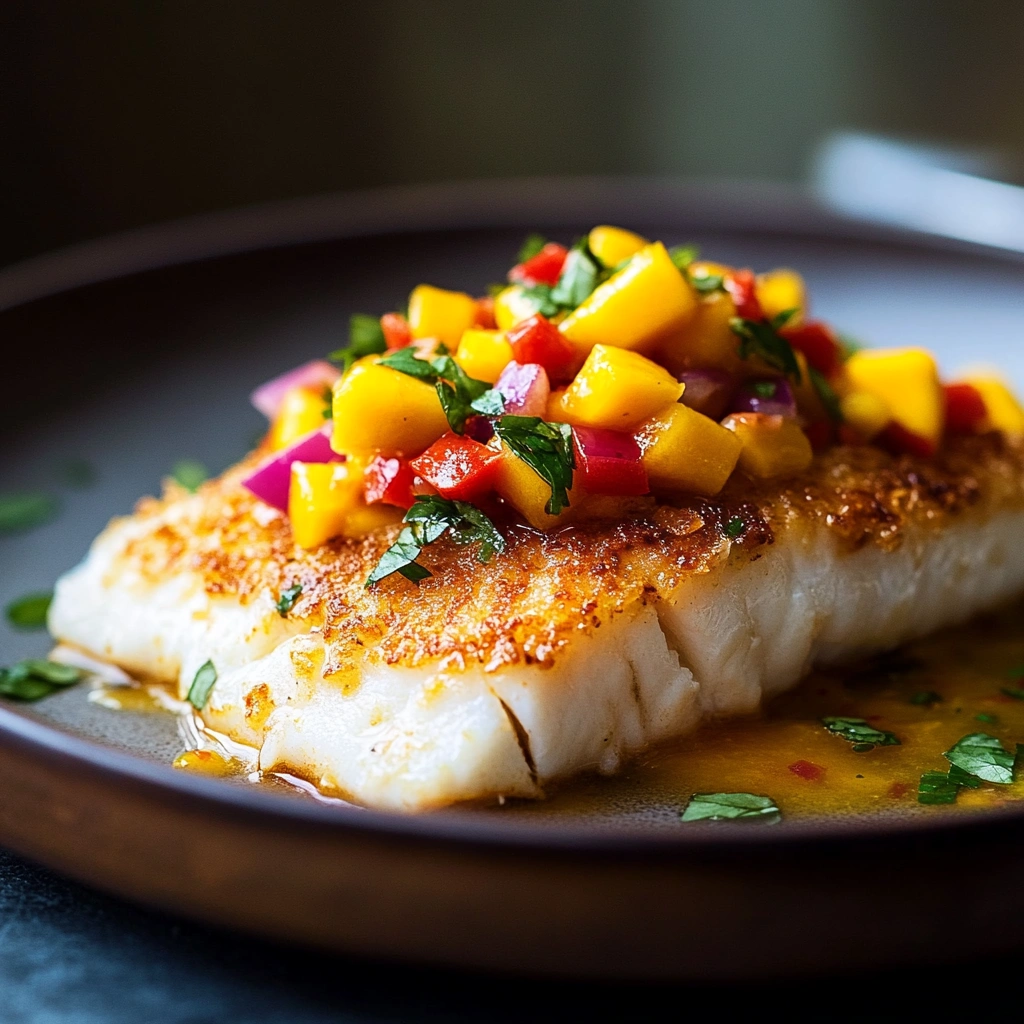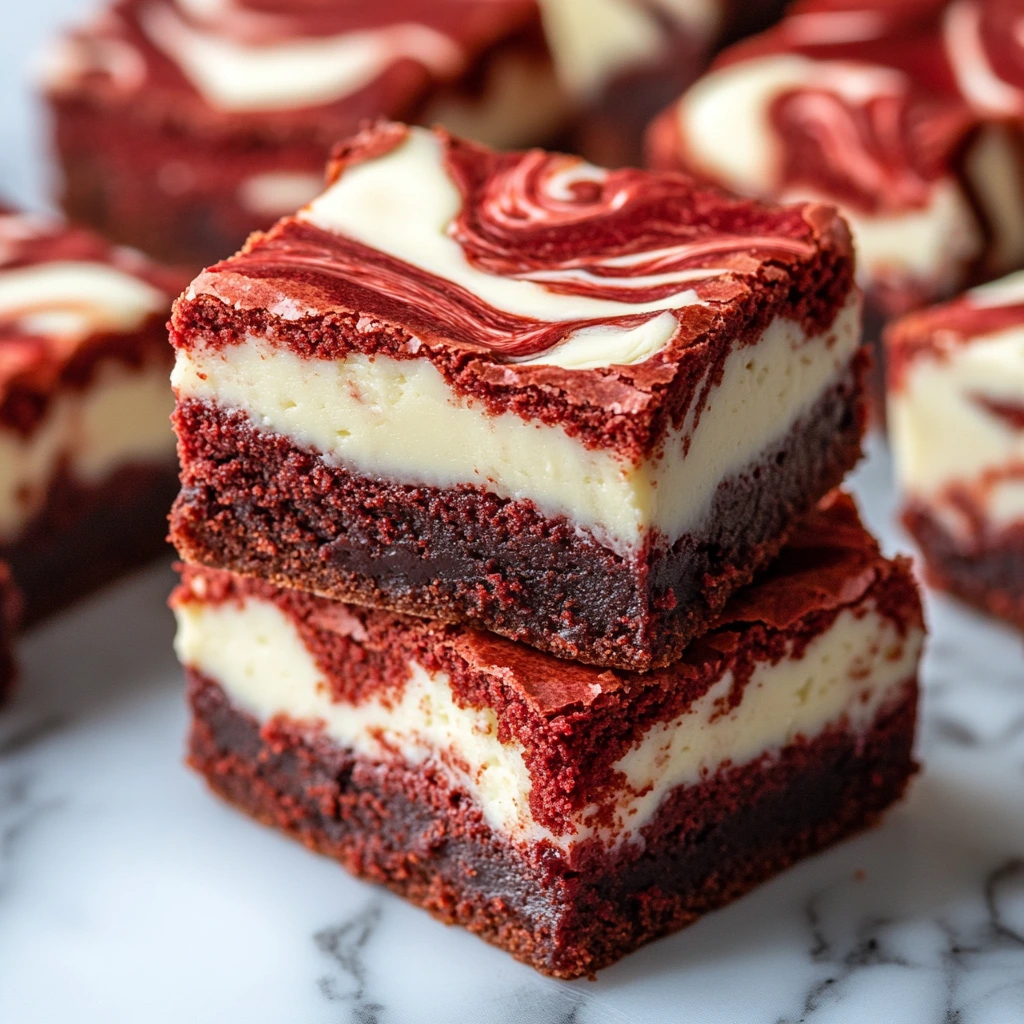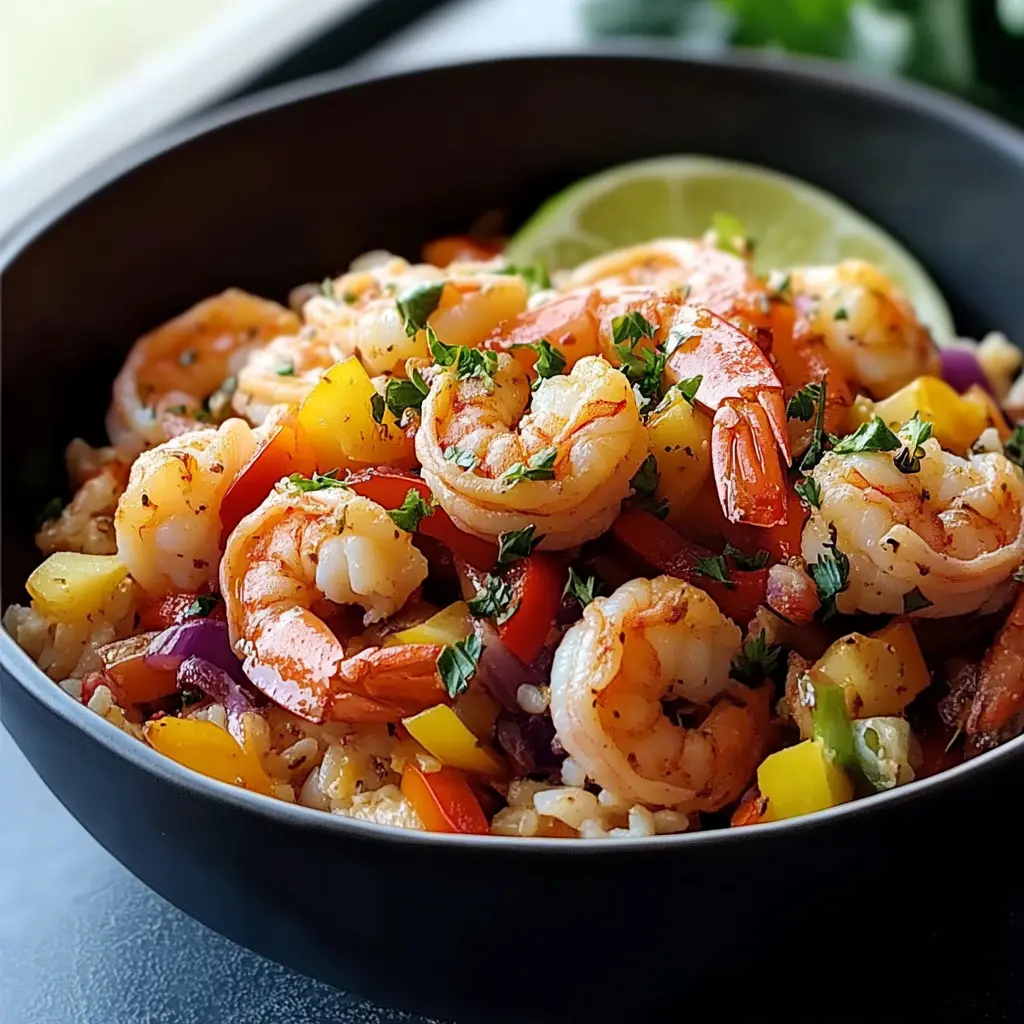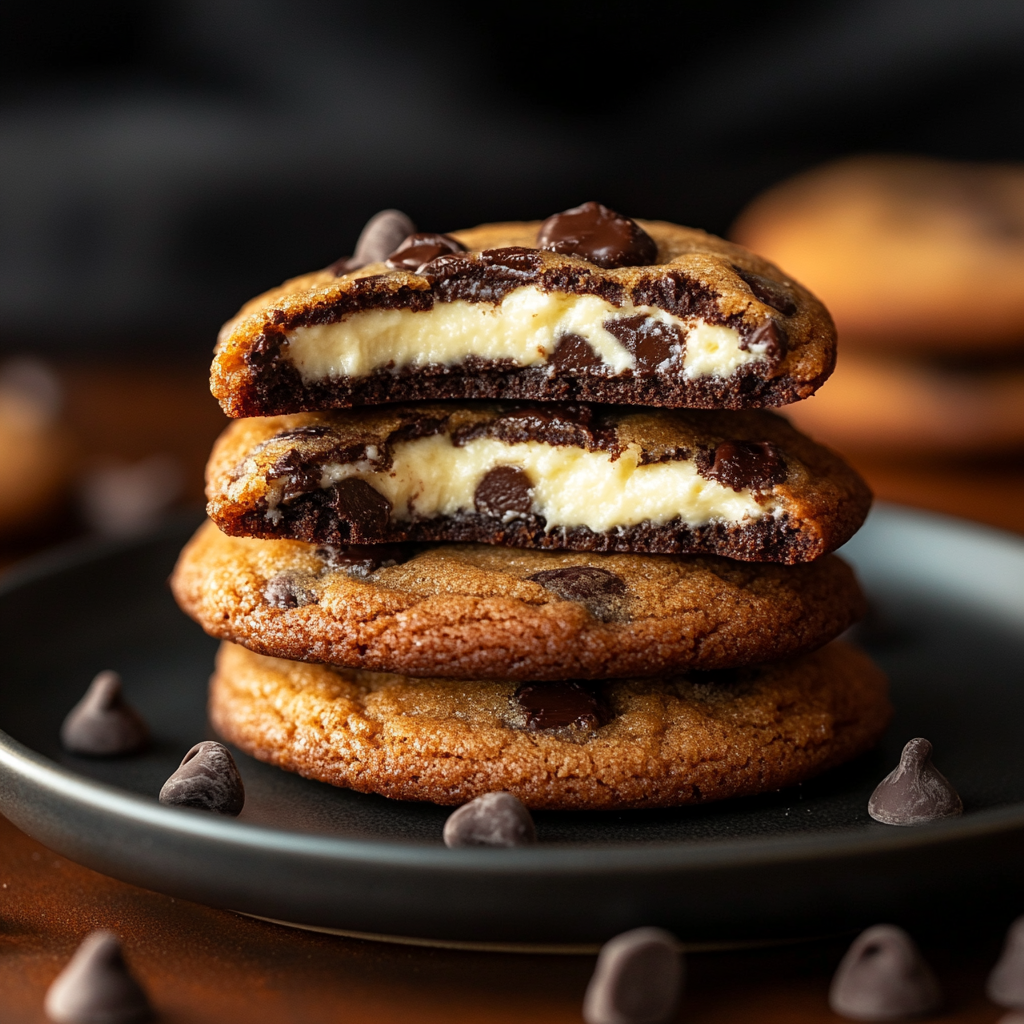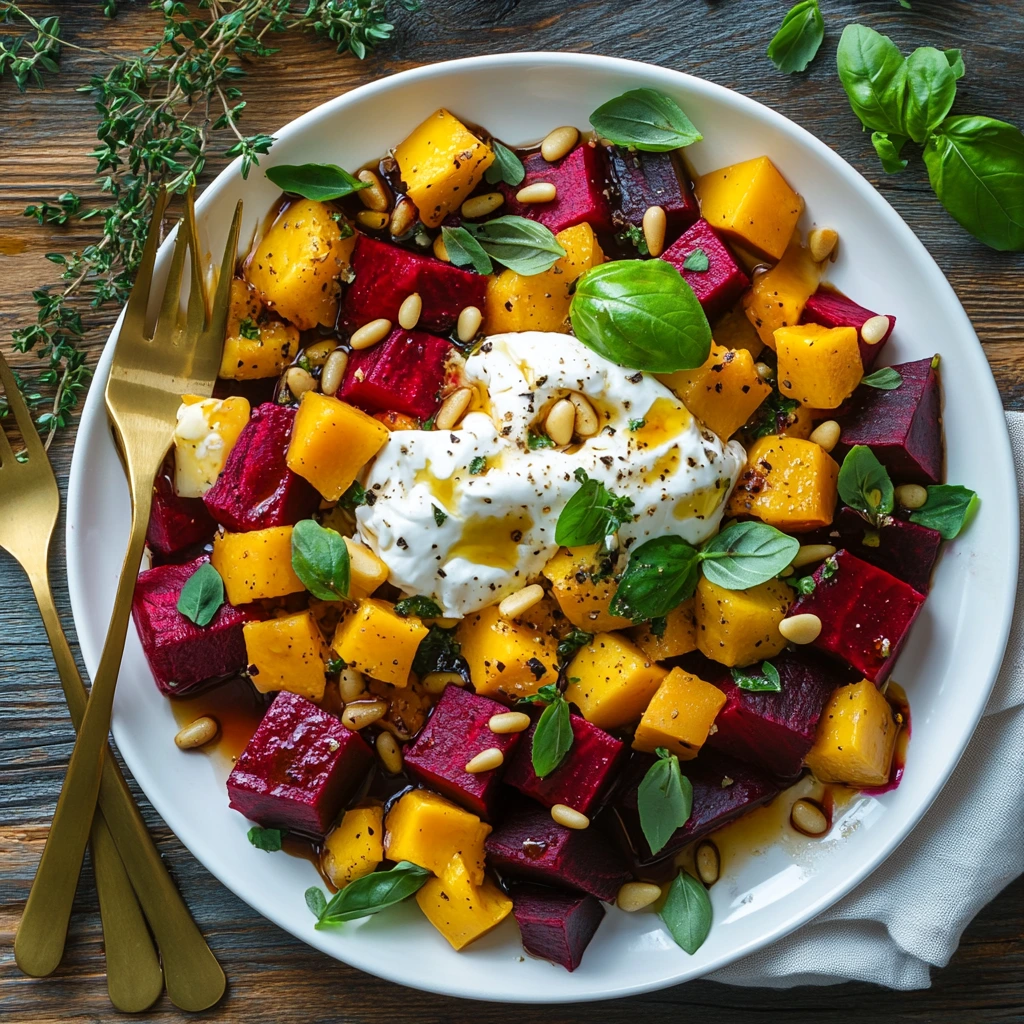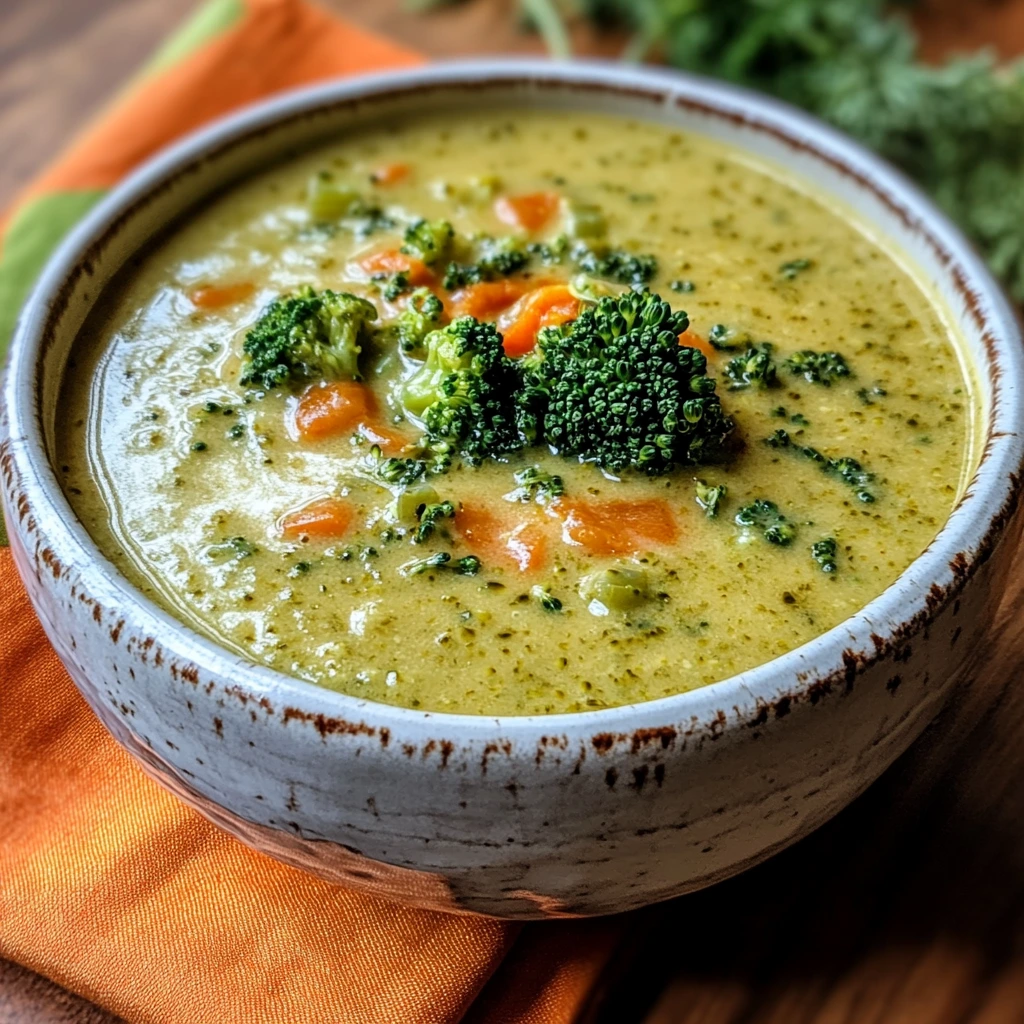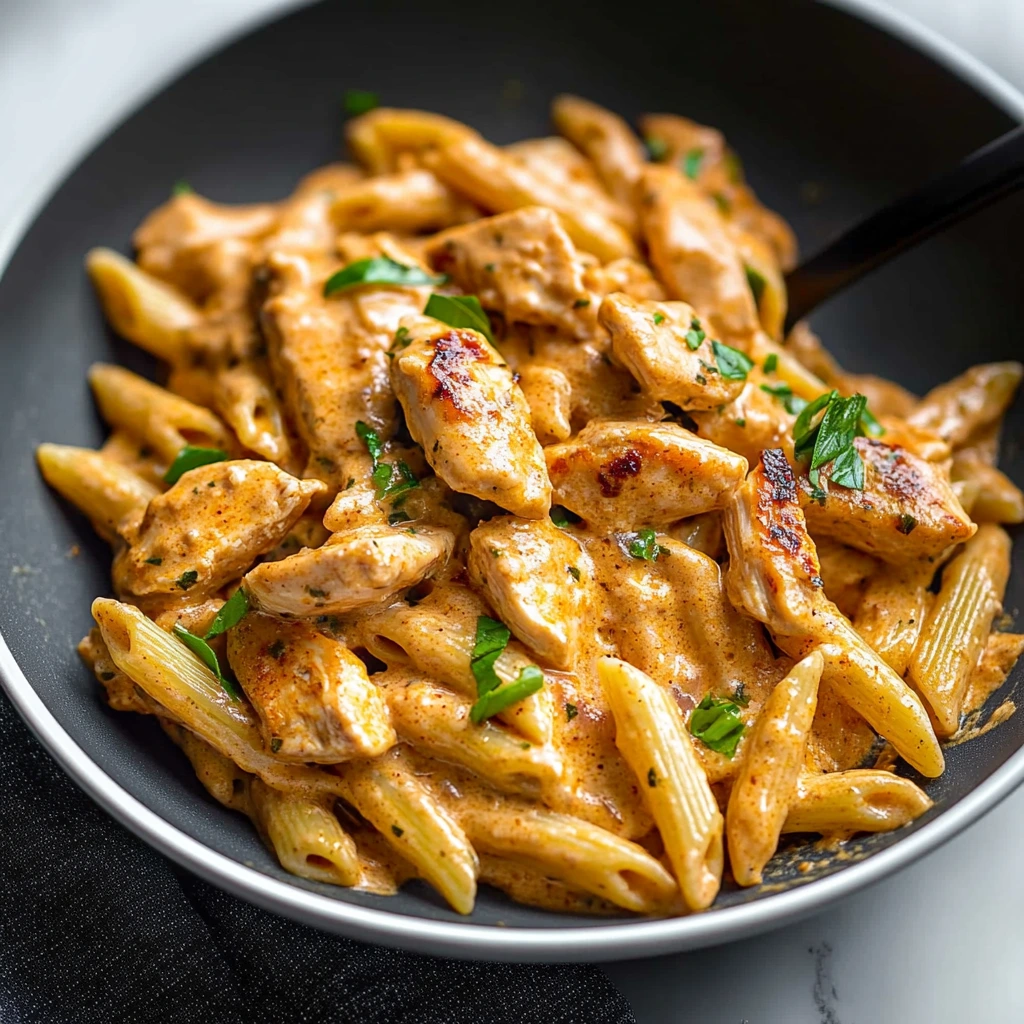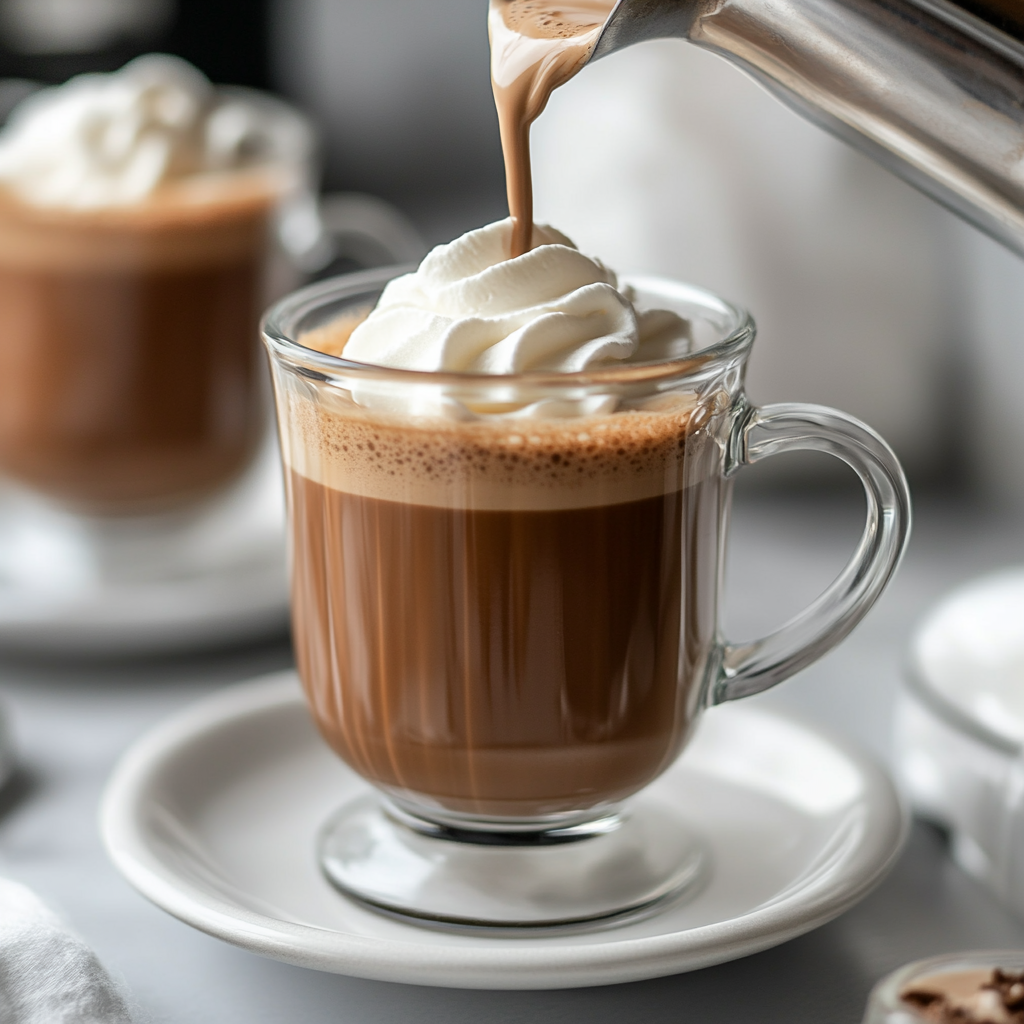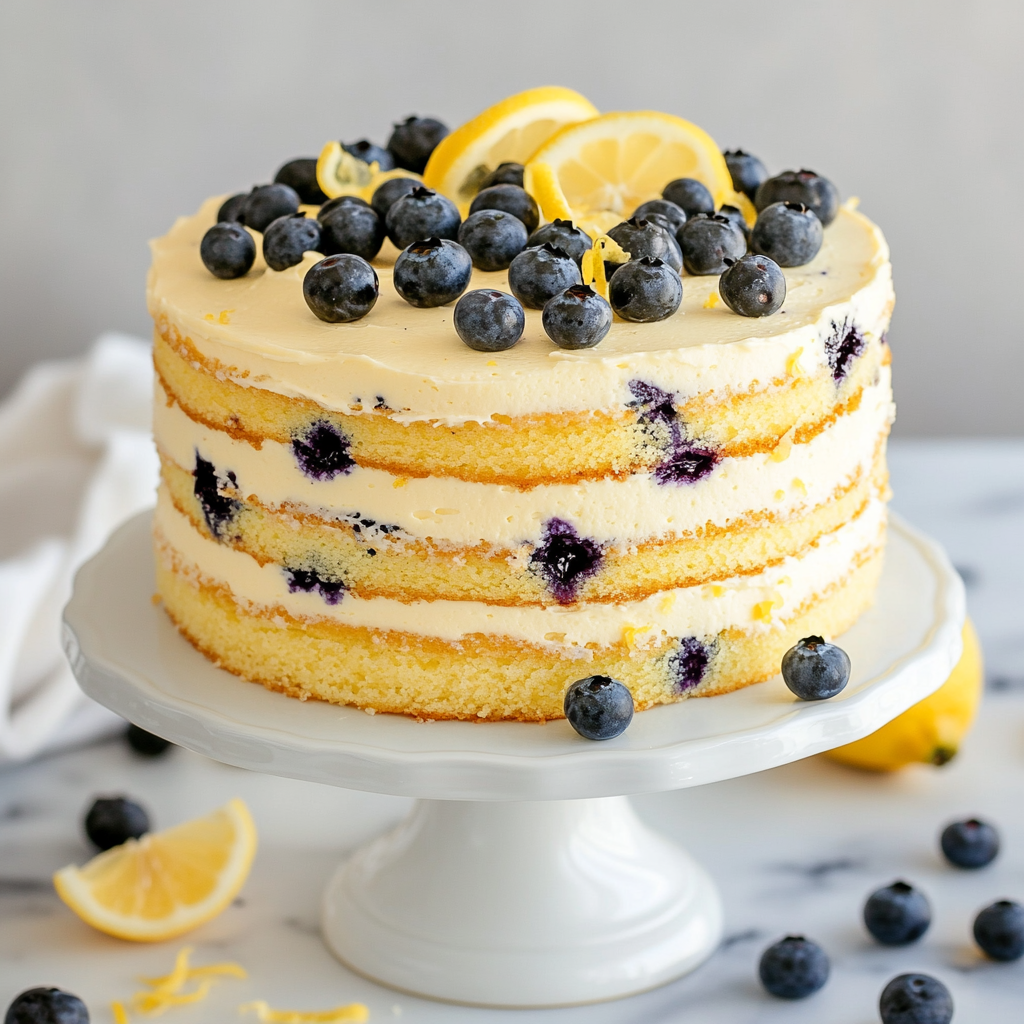Coconut-crusted fish with mango salsa brings a burst of tropical sunshine to your dinner table. Imagine tender, flaky fish fillets enveloped in a golden, crunchy coconut coating, paired with a vibrant salsa made from juicy ripe mangoes, zesty lime, and fresh herbs. This dish strikes the perfect balance between sweet, tangy, and savory, transforming simple ingredients into an irresistible culinary experience. Whether you’re entertaining guests or preparing a weeknight meal, the contrasting textures and bright flavors make every bite memorable. Best of all, this recipe is surprisingly straightforward: with a few easy steps and minimal prep, you can whip up a restaurant-worthy entrée that highlights the natural sweetness of mango and the nutty richness of coconut.
Why Choose Coconut-Crusted Fish with Mango Salsa?
Pairing a crunchy coconut crust with sweet-tart mango salsa elevates plain fish into a sensational dish. The coconut adds a toasty, buttery note and satisfying texture, while the salsa’s acidity and fruitiness cut through the richness, creating harmony on the palate. Nutritionally, this entrée offers lean protein, heart-healthy fats from coconut, and a boost of vitamins and antioxidants from fresh mango and lime. It’s a light yet indulgent choice that feels gourmet without demanding hours in the kitchen. Perfect for warm evenings or anytime you crave a refreshing, flavor-packed meal that’s as beautiful to serve as it is delicious to eat.
Quick Recipe Overview
This Coconut-Crusted Fish with Mango Salsa recipe comes together in under 30 minutes and serves four. You’ll set up a three-step dredging station—flour, egg wash, coconut-panko mixture—then coat and cook firm white fish fillets until golden and crispy. Meanwhile, dice mango, red onion, and bell pepper, then toss with lime juice, cilantro, and a touch of olive oil for a bright salsa. Simply plate the fish alongside or beneath the salsa, garnish with lime wedges and extra herbs, and enjoy. With just one skillet (or baking sheet) and minimal cleanup, this vibrant dish is an easy crowd-pleaser or weeknight treat.
Ingredients Breakdown
For the Fish
-
4 firm white fish fillets (about 6–8 ounces each), such as cod, tilapia, or haddock
-
½ cup all-purpose flour, seasoned with ½ teaspoon salt and ¼ teaspoon black pepper
-
2 large eggs, beaten
-
¾ cup shredded unsweetened coconut
-
¾ cup panko breadcrumbs
-
1 teaspoon smoked paprika (optional)
-
½ teaspoon cayenne pepper (optional, for heat)
For the Mango Salsa
-
2 large ripe mangoes, peeled and diced into ½-inch cubes
-
½ small red onion, finely chopped
-
1 red bell pepper, seeded and diced
-
¼ cup fresh cilantro leaves, chopped
-
Juice of 1 lime (about 2 tablespoons)
-
1 tablespoon extra-virgin olive oil
-
Salt and pepper to taste
-
1 small jalapeño, seeded and minced (optional)
Equipment & Prep Work
Gather three shallow bowls for your dredging station: one for flour, one for beaten eggs, and one for the coconut-panko mix. Use a rimmed baking sheet or large skillet for cooking, depending on whether you bake or pan-fry. A nonstick skillet and thermometer help maintain ideal oil temperature (around 350 °F) if frying. Prep salsa ingredients first—dice mango, pepper, and onion—so flavors meld while you cook the fish. Preheat your oven to 400 °F if baking, or heat oil in a skillet over medium heat. Line a baking sheet with parchment or lightly oil the pan to prevent sticking and ensure even browning.
Selecting the Right Fish
Choose firm, flaky white fish that holds up to coating and cooking: cod, tilapia, haddock, mahi-mahi, or snapper all work beautifully. Look for sustainably sourced or MSC-certified fillets to support responsible fishing practices. Fresh fish should smell clean and sea-like, with flesh that springs back when pressed. If using frozen fillets, thaw overnight in the refrigerator and pat thoroughly dry; excess moisture prevents the coconut crust from adhering properly and risks sogginess. Trim any thin edges so pieces cook evenly, and portion fillets into uniform sizes for consistent doneness. Room-temperature fish cooks more evenly, so let fillets rest briefly at room temp before dredging.
Understanding the Coconut Crust
The coconut crust relies on a three-layer dredge: flour for dryness, egg for stickiness, and a coconut-panko blend for crunch. All-purpose flour removes surface moisture, ensuring the egg adheres without clumping. The beaten egg forms a sticky barrier, allowing shredded coconut and panko to cling uniformly. Panko adds flaky crunch, while unsweetened coconut contributes nutty flavor and golden color. For extra depth, lightly toast coconut flakes beforehand or stir in spices like smoked paprika, garlic powder, or chili flakes. Maintain a roughly 1:1 ratio of coconut to panko for an even texture. Tap off excess at each stage to prevent burning and ensure a crisp, delicate crust that seals in fish juices.
Preparing the Mango Salsa
Begin by peeling and dicing ripe mangoes into uniform, bite-sized cubes. Finely chop red onion and red bell pepper, then mince jalapeño if you desire a hint of heat. In a medium bowl, combine the mango, onion, pepper, and jalapeño with freshly chopped cilantro. Drizzle in lime juice and a tablespoon of extra-virgin olive oil, then season with salt and freshly ground black pepper to taste. Gently toss all ingredients to coat evenly, allowing the salsa to rest at room temperature for 10–15 minutes. This brief marination softens the onion’s sharpness and lets the flavors meld. Taste and adjust the balance—add more lime juice for acidity, a pinch of sugar if the mango lacks sweetness, or extra jalapeño for more kick. The result should be bright, tangy, and slightly sweet, the perfect complement to the crunchy coconut-crusted fish.
Cooking Methods: Pan-Fry vs. Bake
Pan-frying yields the crispiest crust and fastest results. Heat a thin layer of neutral-flavored oil (such as canola or grapeseed) in a nonstick skillet over medium heat until it reaches around 350 °F. Carefully add coated fillets, cooking 3–4 minutes per side until golden brown and cooked through. Drain on paper towels to remove excess oil.
Baking is a lighter alternative that still produces crunch without the added fat. Arrange coated fillets on a lightly oiled baking sheet or one lined with parchment, then bake at 400 °F for 12–15 minutes. For extra color, switch the oven to broil for the last 1–2 minutes, watching closely to prevent burning.
For a hybrid technique, sear the fish for 1–2 minutes per side in the skillet, then transfer the pan to a preheated oven to finish cooking. This method combines stovetop crispiness with even, gentle baking.
Step-by-Step Cooking Process
Set up a three-station dredging line: seasoned flour in the first shallow dish, beaten eggs in the second, and the coconut-panko mixture in the third. Pat each fish fillet dry, then dredge lightly in flour, shaking off any excess. Dip the fillet into the egg wash, coating all sides, and let excess drip back into the bowl. Press firmly into the coconut-panko blend, ensuring a uniform crust; gently tap off loose crumbs.
For pan-frying, heat ¼-inch of oil over medium heat until shimmering. Carefully place fillets in the skillet without crowding; cook undisturbed for 3–4 minutes until the edges turn golden. Flip and cook an additional 3–4 minutes on the other side. Use a spatula to transfer fish to a wire rack or paper towels to drain.
If baking, preheat the oven to 400 °F. Arrange coated fillets on a greased or parchment-lined baking sheet, leaving space between each. Bake for 12–15 minutes until the crust is golden and fish flakes easily with a fork. To crisp further, broil for 1–2 minutes at the end, keeping the oven door ajar and watching closely.
Let cooked fillets rest for 2 minutes before serving to allow juices to redistribute and the crust to set firmly.
Serving & Presentation
Place a coconut-crusted fillet on each plate, either laid flat or fanned for visual appeal. Spoon mango salsa generously atop or alongside the fish. Garnish with fresh cilantro sprigs and lime wedges for color and brightness. For a restaurant-style finish, add microgreens or edible flowers. Serve immediately, pairing with steamed jasmine rice or a crisp green salad to soak up extra salsa juices.
Storage & Reheating Tips
Store leftover fish and salsa in separate airtight containers in the refrigerator for up to 2 days. Keep salsa chilled; stir before serving to redistribute any juices. Reheat fish in a 350 °F oven or toaster oven for 5–7 minutes to restore crispness—avoid microwaving, which will soften the crust. If fish is slightly dry, cover loosely with foil and add a spritz of lime juice before reheating.
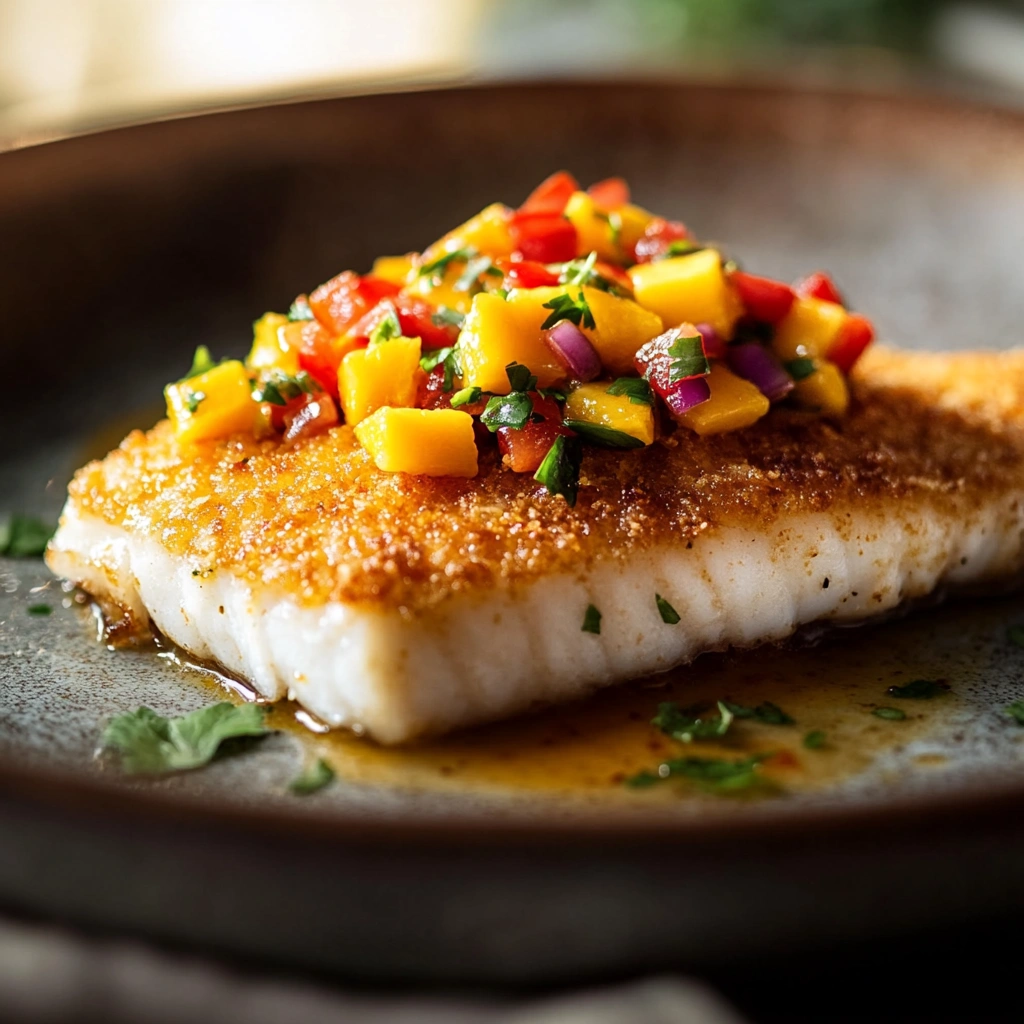
Variations & Substitutions
Swap white fish for shrimp or scallops using the same dredging and cooking method; adjust cook time to 2–3 minutes per side. For a gluten-free crust, replace panko with crushed gluten-free breadcrumbs or almond meal. Experiment with infused coconut by toasting flakes lightly before mixing. In place of mango salsa, try pineapple-jalapeño salsa, cucumber-mint relish, or avocado-tomato salad. For a spicier kick, stir diced habanero or chipotle into the salsa. Vegetarians can use sliced and patted-dry tofu or cauliflower steaks for a plant-based twist.
Nutrition & Health Benefits
This dish delivers lean protein from white fish, rich in omega-3 fatty acids that support heart and brain health. Unsweetened coconut provides healthy medium-chain triglycerides (MCTs) that the body can readily convert to energy. Mangoes supply vitamin C, vitamin A, and antioxidants, aiding immunity and skin health. By ditching heavy frying and opting for baking, you reduce added fats without sacrificing texture. Paired with fresh salsa instead of cream-based sauces, this entrée remains light, gluten-free (with substitutions), and nutrient-dense.
Conclusion
Coconut-crusted fish with mango salsa is a vibrant, easy-to-prepare dish that elevates weeknight dinners or impresses at dinner parties. The golden, crunchy coating contrasts beautifully with the bright, juicy salsa, creating a memorable flavor experience. Minimal ingredients and straightforward techniques make this recipe accessible to cooks of all skill levels. Whether you choose to pan-fry for maximum crispiness or bake for a lighter touch, the result is a crowd-pleasing entrée that feels both indulgent and wholesome. Customize with your favorite proteins or salsas, and enjoy a taste of the tropics anytime.
Frequently Asked Questions
Can I make the salsa ahead of time?
Yes. Prepare salsa up to 2 hours in advance and refrigerate, then bring to room temperature before serving for optimal flavor and texture.
How do I prevent the coconut from burning?
Keep oil at medium heat when frying and shake off excess flour and egg to avoid charred spots. If baking, use the broil step sparingly.
Is this recipe gluten-free?
Simply replace panko breadcrumbs with gluten-free breadcrumbs or almond meal and use gluten-free flour for dredging.
Can I use frozen mango?
Yes. Thaw completely, drain any excess liquid, and pat dry before dicing to prevent watery salsa.
What dipping sauces pair well?
Try lime-garlic aioli, spicy sriracha mayo, or a cilantro-lime yogurt dip for extra creaminess and flavor.
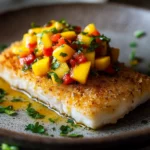
Coconut Crusted Fish with Mango Salsa Recipe
- Author: Hamza
Description
A vibrant fusion of tropical flavors and satisfying crunch, this Coconut-Crusted Fish with Mango Salsa recipe features flaky white fish fillets coated in a golden coconut-panko crust, pan-fried or baked to perfection. Topped with a bright, homemade mango salsa—bursting with sweet mango, tangy lime, and fresh cilantro—this dish is light yet indulgent, perfect for weeknight dinners or special occasions. Ready in under 30 minutes with minimal cleanup, it brings a restaurant-quality entrée straight to your kitchen.
Ingredients
For the Coconut Crusted Fish:
- 1 pound white fish fillets (such as tilapia or cod)
- 1 cup shredded unsweetened coconut
- 1 cup panko breadcrumbs
- 1 teaspoon garlic powder
- 1 teaspoon salt
- 1/2 teaspoon black pepper
- 2 large eggs
- 2 tablespoons coconut oil (for frying)
For the Mango Salsa:
- 1 ripe mango, diced
- 1/2 red onion, finely chopped
- 1 jalapeño, seeded and minced
- 1/4 cup fresh cilantro, chopped
- Juice of 1 lime
- Salt to taste
Instructions
Step 1: Preparing the Fish
First, start by rinsing the fish fillets under cold water. This helps to remove any excess moisture and ensures a better crust. Pat the fillets dry with paper towels. This step is crucial as it prevents the coating from becoming soggy. Once dried, set the fish aside on a clean plate while you prepare the crust.
Step 2: Making the Coconut Crust
In a shallow dish, combine the shredded coconut, panko breadcrumbs, garlic powder, salt, and black pepper. Mix these ingredients well to ensure an even distribution of flavors. The combination of coconut and panko creates a delightful crunch that will enhance the fish. This mixture is what gives the fish its signature crispy texture.
Step 3: Preparing the Mango Salsa
While the fish is resting, it’s a great time to prepare the mango salsa. In a medium bowl, combine the diced mango, finely chopped red onion, minced jalapeño, chopped cilantro, and lime juice. Add a pinch of salt to taste. Mix everything together gently. Allow the salsa to sit for a few minutes. This resting time helps the flavors meld beautifully, making the salsa even more delicious.
Step 4: Coating the Fish
Now, it’s time to coat the fish. In another shallow dish, beat the eggs until they are well combined. Take each fish fillet and dip it into the egg mixture, ensuring it is fully coated. Allow any excess egg to drip off before moving to the next step. Then, place the fillet into the coconut and panko mixture. Press gently to ensure the coating adheres well. Repeat this process for all the fillets, making sure they are evenly coated.
Step 5: Cooking the Fish
Heat the coconut oil in a large skillet over medium heat. Once the oil is hot, carefully add the coated fish fillets to the skillet. Cook for about 4-5 minutes on each side. You want them to be golden brown and cooked through. Keep an eye on them to avoid burning. Once cooked, remove the fish from the skillet and let it rest on a paper towel-lined plate. This will help absorb any excess oil, keeping your dish light and crispy
Notes
- Fish selection: Choose firm, mild-flavored fillets (cod, tilapia, or mahi-mahi) and pat them completely dry for best crust adhesion.
- Coconut toast: For deeper flavor, lightly toast the shredded coconut in a dry skillet over medium heat before mixing with panko.
- Make-ahead salsa: Prepare the mango salsa up to 2 hours ahead; keep chilled and bring to room temperature before serving to preserve freshness.
- Pan-fry tip: Maintain oil temperature around 350 °F (175 °C) to avoid burning the coconut; use a thermometer for accuracy.
- Bake option: For a lighter version, bake at 400 °F (205 °C) on a parchment-lined sheet; finish under the broiler for 1–2 minutes to crisp.
- Gluten-free adaptation: Swap panko for gluten-free breadcrumbs or almond meal, and use a gluten-free flour blend in the dredge.
- Serving suggestions: Pair with jasmine rice, quinoa, or a crisp green salad to soak up the salsa juices.
- Storage: Keep fish and salsa in separate airtight containers in the fridge for up to 2 days; reheat fish in a toaster oven for best crispness.


